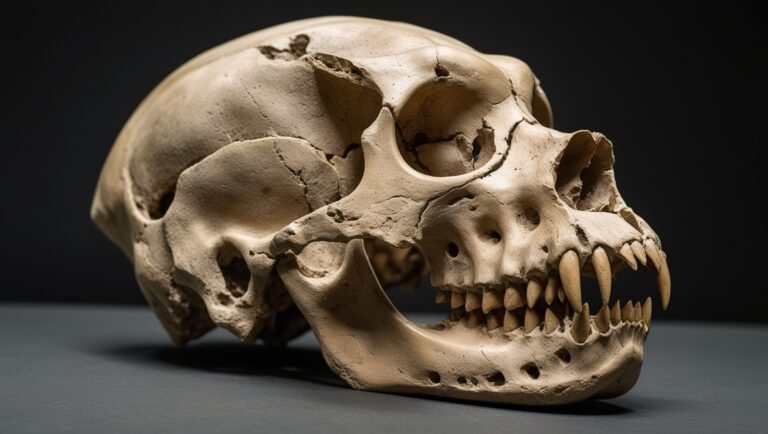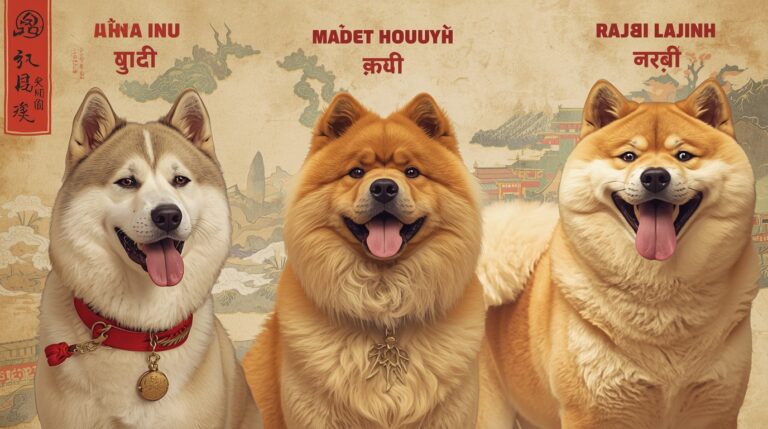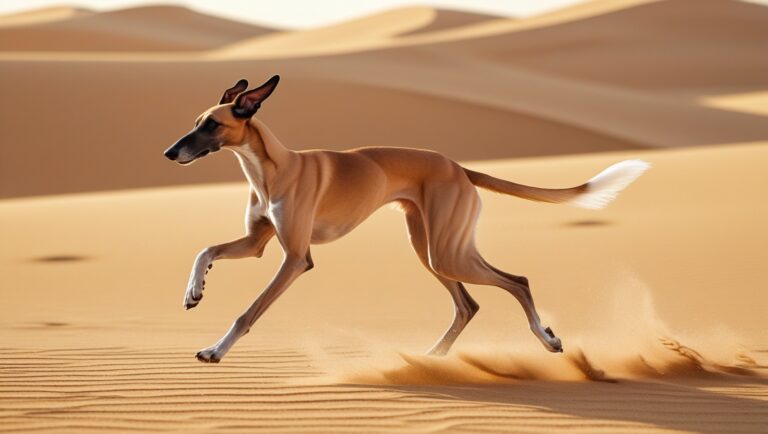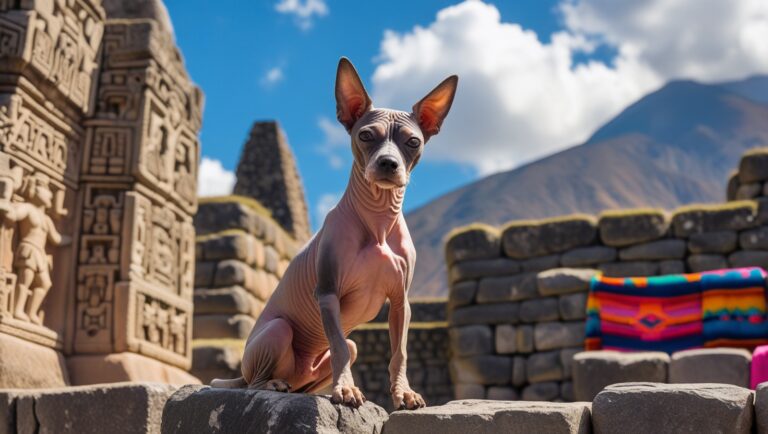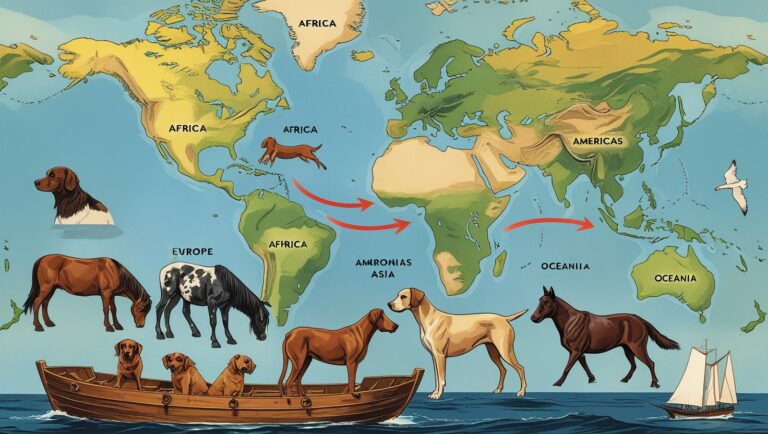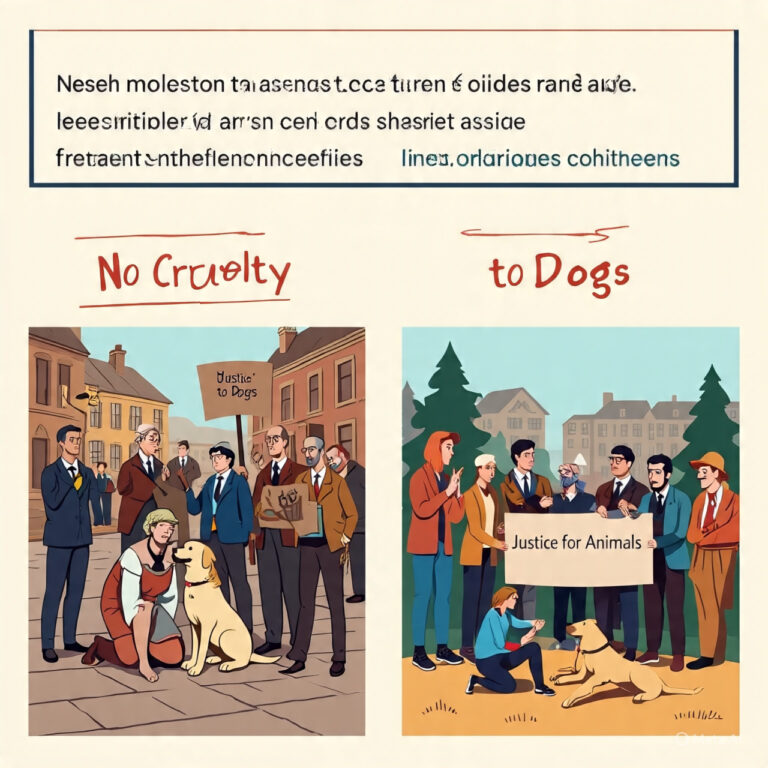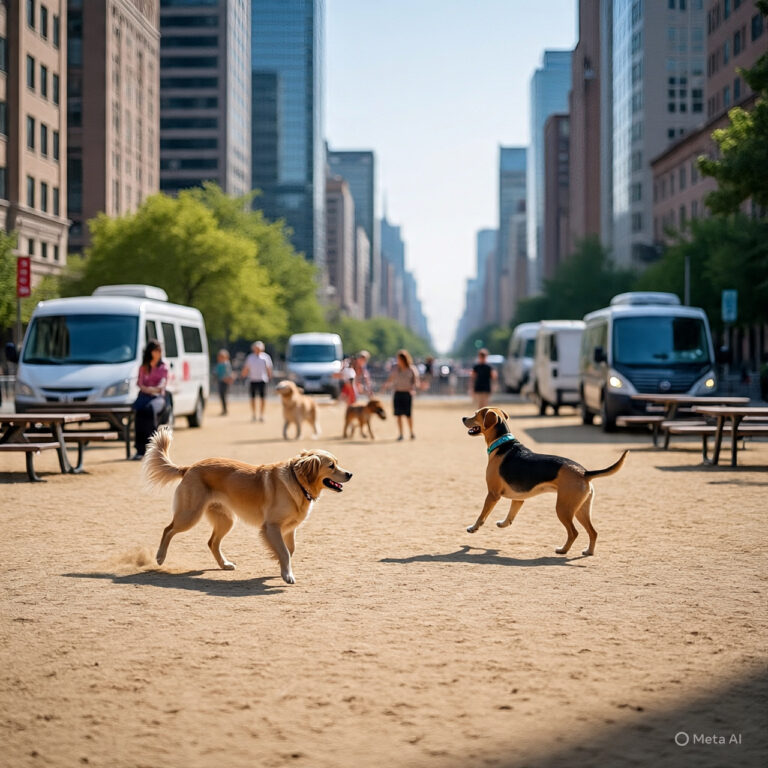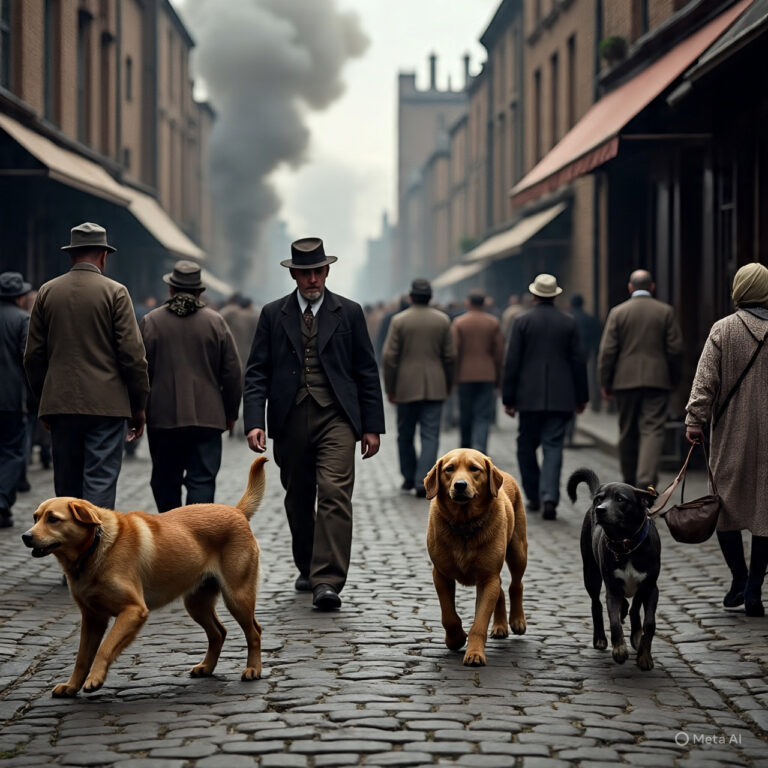The Oldest Known Dog Fossils
Introduction to Ancient Dog Fossils Dog fossils offer a rare glimpse into the evolutionary relationship between humans and their first domesticated animal companions. Unearthing the oldest known dog fossils provides critical evidence for the timeline of canine domestication, migration, and adaptation. These fossils, some dating back over 30,000 years, not only represent a biological record…
